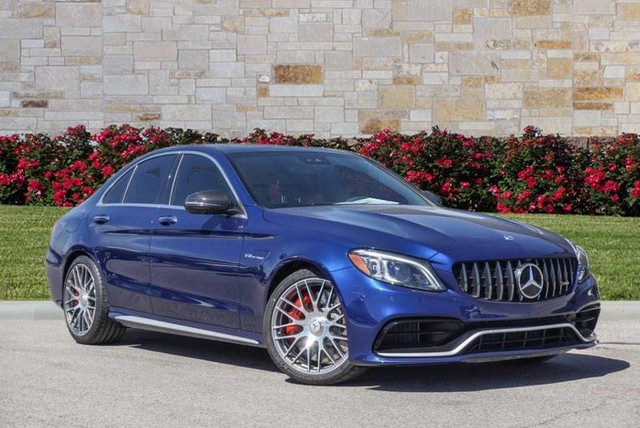In which case there would be no need to increase the rolling radius. But they do.JordanMugen wrote: ↑04 Nov 2019, 15:17That's interesting. I think it could just be because the 19" wheels are lighter, while still being large enough to clear the brakes.
Interesting. Did you tune the suspension for each different tyre? How did you compare the grip levels?In my experience, having tried out 18" 40%, 17" 45% and 16" 50% tyres all of 225mm width on the same road car, the 18" tyres provided the most precise handling, the 17" tyres were in the middle (but I selected them as the 17" forged wheels were 2.5kg lighter than the OEM 18" wheels) and the 16" tyres, which were the minimum size to the clear the (small) 12" brakes, had noticeable slop, delay and vagueness in handling (not enough to compensate for the advantages of the 16" wheel being 3.5kg lighter than the OEM wheel).
Of course, different makes and model of tyre vary in their sidewall stiffness.
There was certainly not any increase in traction or grip with the 16" tyre compared to the 18".
I can imagine that there was a subjective change in feel. I experience the same when I switch my summer/winter tyres. The summers are wider and lower profile. At my normal road speeds it makes no difference to me.
What matters to F1 teams is lap time. They will cope with tardy response in the same way they cope with turbo lag, or used to.
Another way of observing their desire for high conformance is their wish for low tyre pressures. I don’t know what tyre pressures they’ll run with the 18”. The regs have kept the tyre measurement test requirement at 1.4bar. The teams will, I think, want to run lower than now which may be possible since the magnitude of the tyre flex on the straight might reduce the fatigue levels.


